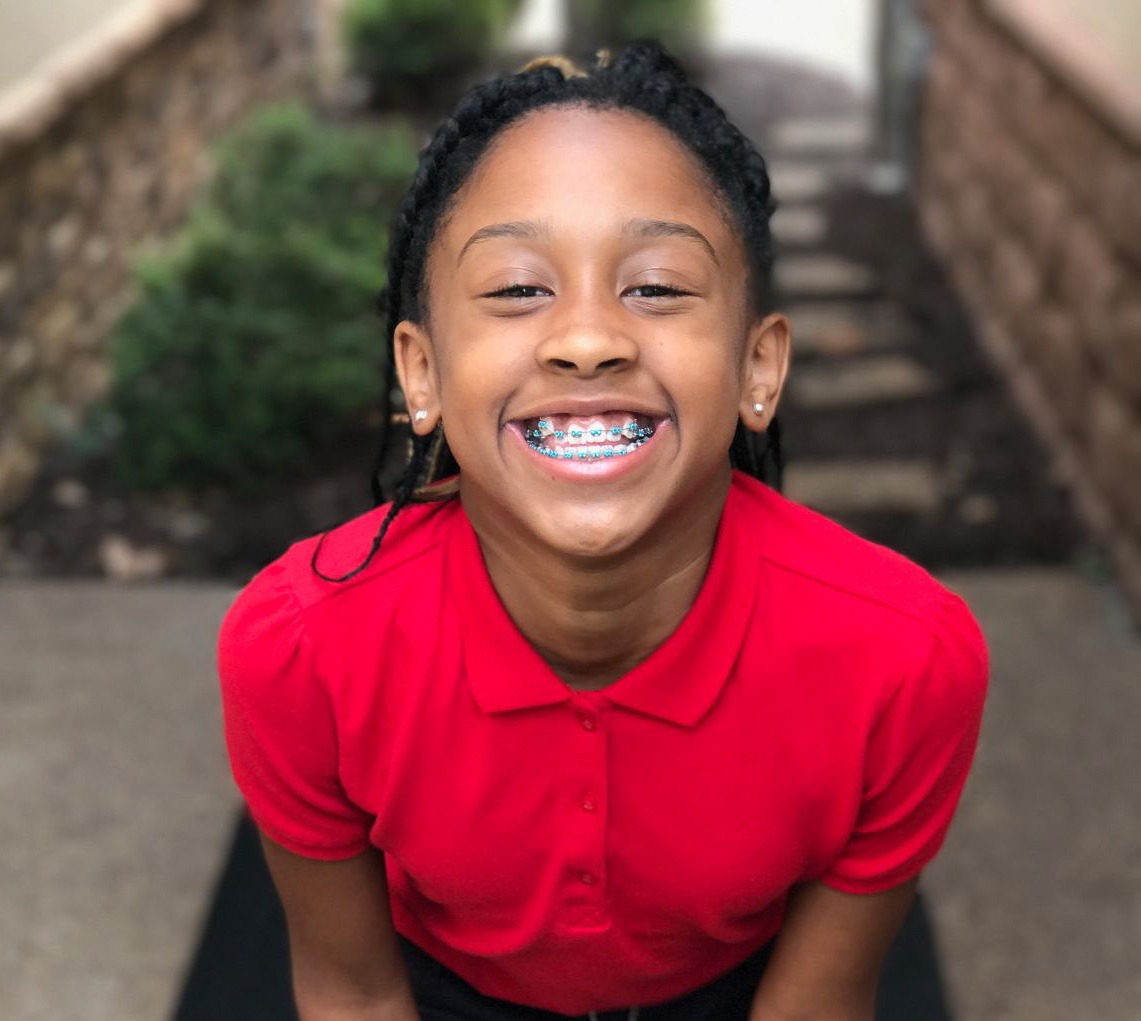As a Saddle Creek Orthodontics patient, we want you to feel confident in your knowledge of the orthodontic process. At a time like this, with many orthodontic offices temporarily closed, it’s even more important that you’re familiar with your treatment plan and the issues that can crop up while you’re in braces or aligners!
Our practice is currently only seeing patients for orthodontic emergencies. Generally speaking, this includes:
- serious injury or trauma to the face, neck, mouth, teeth, or gums
- swelling, infection, or bleeding of the gums or mouth
- severe pain or discomfort in your teeth, mouth, face, or neck
Most true orthodontic emergencies happen unexpectedly, and may be unavoidable in some cases. However, there are plenty of ways you can be more conscious of your oral health and appliance. Let’s take a look at how you can minimize your overall risk of an emergency situation!
Pay attention to what you put in your mouth
As frustrating as food restrictions can be, they’re necessary to protect both your appliance and your teeth. Crunchy and chewy foods can bend the brackets and warp the wires, so you’ll need to steer clear of things like
- chips
- ice
- gum
- some raw fruits and veggies
- popcorn
- and many types of candy
as long as you’re wearing braces. Remember that these restrictions won’t last forever! Your dedication will pay off when your braces are removed and you see your beautiful new smile for the first time.
Use a mouthguard to protect your smile
School and community sports may be on hiatus at the moment, but if you’re an athlete, you’re probably still finding a way to practice from home. Even if you’re not on the court or field, you’ll still want to take extra precautions to keep your mouth protected. The easiest and most effective way to do this is by wearing a mouthguard. Mouthguards are simple to use, highly effective, and can help prevent damage from occurring whether your activities are high-impact or low-contact. It doesn’t take much more than a small amount of pressure on your braces to irritate your mouth or cause tiny cuts and abrasions to your gums and cheeks. Keeping a mouthguard in even during practice cushions your lips and keeps them from bumping against your teeth and braces.
For patients in braces, we recommend an orthodontic mouthguard. Regular mouthguards provide some protection, but they tend to be made of thermal plastic, which will heat up in your mouth and mold to your teeth. This kind of mouthguard is unable to change with your teeth as they shift during treatment, so they can actually end up working against the straightening process.
Orthodontic mouthguards are made from a high-grade silicone that protects the brackets from any impact-related damage, and also helps to prevent painful scenarios like your lip getting caught in your braces. Because they’re designed to fit over your braces, they tend to be slightly larger than regular mouthguards, but they’re just as comfortable to wear.
There are over-the-counter options available online, which will provide effective protection for you and meet all your basic mouthguard needs. If you’re looking for the assurance and safety of a customized orthodontic mouthguard, Dr. Fagala will be happy to help!
Maintain a good oral hygiene routine
Good dental hygiene should be a priority for everyone, but it’s especially important for orthodontic patients. You should aim to brush your teeth thoroughly at least two times each day with fluoride toothpaste, especially after eating and before bed. Pay careful attention to the areas between the brackets and gums since food particles can get stuck there, and carefully clean between the wires and teeth. If you find this part difficult, an interdental brush or waterpik can help remove any hard-to-reach plaque and food debris.
Flossing is also an essential part of maintaining oral health, and should be done every night before bed. If you’re having trouble flossing effectively with braces, try a floss threaders or waterpik to remove food particles and plaque. Keep in mind, though, that these are supplemental tools. They should never take the place of a regular brushing and flossing routine!
Treating non-emergency issues from home
It’s always good to have a plan in place for any possible emergencies. However, a number of minor orthodontic complications can actually be remedied from the comfort of your very own home! Home remedies can be very effective at lessening or relieving your symptoms from the following issues.
Mouth sores
While orthodontic treatment itself doesn’t cause mouth sores, some patients do seem to be more susceptible to them while they’re in braces. You can get relief from these painful ulcers on your cheeks, lips, tongue, or gums by swabbing a small amount of topical anesthetic directly to the sore.
Loose or broken brackets, bands, or wires
If any part of your braces comes loose or breaks during treatment, please contact our office as soon as possible so we can determine what your next steps should be. If a band or bracket is broken but still attached to the wire, try to leave it alone until you speak with us, and don’t connect any elastics to it. If any piece of your braces has completely broken off, place it in a secure bag and we’ll advise you on what to do. Should you experience irritation from any component, you can cover them with a small amount of orthodontic wax for relief.
Misplaced archwire, bracket, or tie
As your treatment progresses and your teeth begin to move, the archwire connecting them may also shift. This can result in it poking out a bit near the back of your mouth, irritating your cheeks or gums. You can use the eraser end of the pencil or a clean cotton swab to gently move it back into the correct spot.
If your wires or ties move, they can often be gently manipulated back into place using a pair of clean tweezers or the eraser end of a pencil. For wires or brackets that have shifted and are irritating the inside of your mouth, try a pinch of orthodontic wax over the parts that are poking out to help relieve the immediate discomfort.
Tooth pain or loosening
It’s common for your teeth to loosen slightly during orthodontic treatment. In fact, we want them to! This movement can sometimes cause mild tenderness, though. Salt water rinses are a great home remedy relieving soreness! Simply mix one teaspoon of salt in 8 ounces of warm water, then swish it around your mouth for about 30 seconds before spitting it out. A warm washcloth or heating pad placed on the outside of your jaw can offer some pain relief as well.
What about Invisalign aligners?
Invisalign’s aligner design minimizes the chances of an orthodontic emergency. The aligners aren’t constructed with wires and brackets, but instead use a smooth thermoplastic resin. It’s still possible to break or lose an aligner, however. If this happens, contact our office and let us know so we can ensure your treatment plan stays on track. Remember to always keep your aligners in a case if they’re not in your mouth!
SCO encourages you to keep your smile safe at home
In the event of a true orthodontic emergency, you should get in touch with us as soon as possible! We know that even minor emergency situations can still be upsetting. Even though our offices are currently closed, our team is still committed to providing you with an orthodontic experience that is safe and stress-free! Using phone calls, texts, and virtual visits, we’re able to continue meeting all your needs even if we aren’t there in person. If you’re concerned about any aspect of your orthodontic treatment, please get in touch. We’ll talk you through it and put a smile back on your face as soon as possible!


